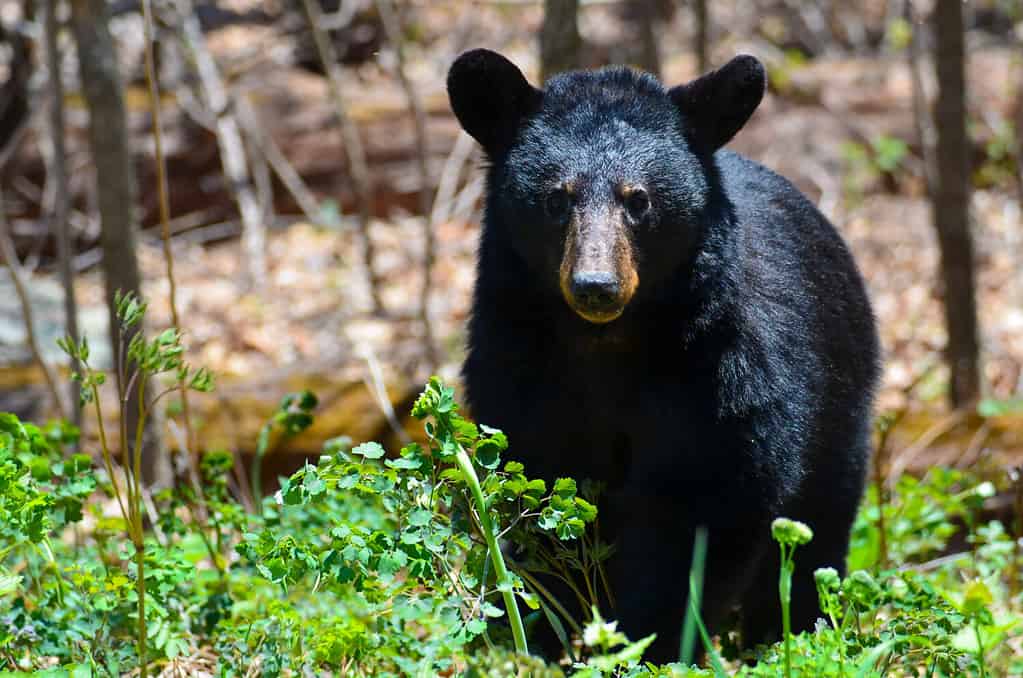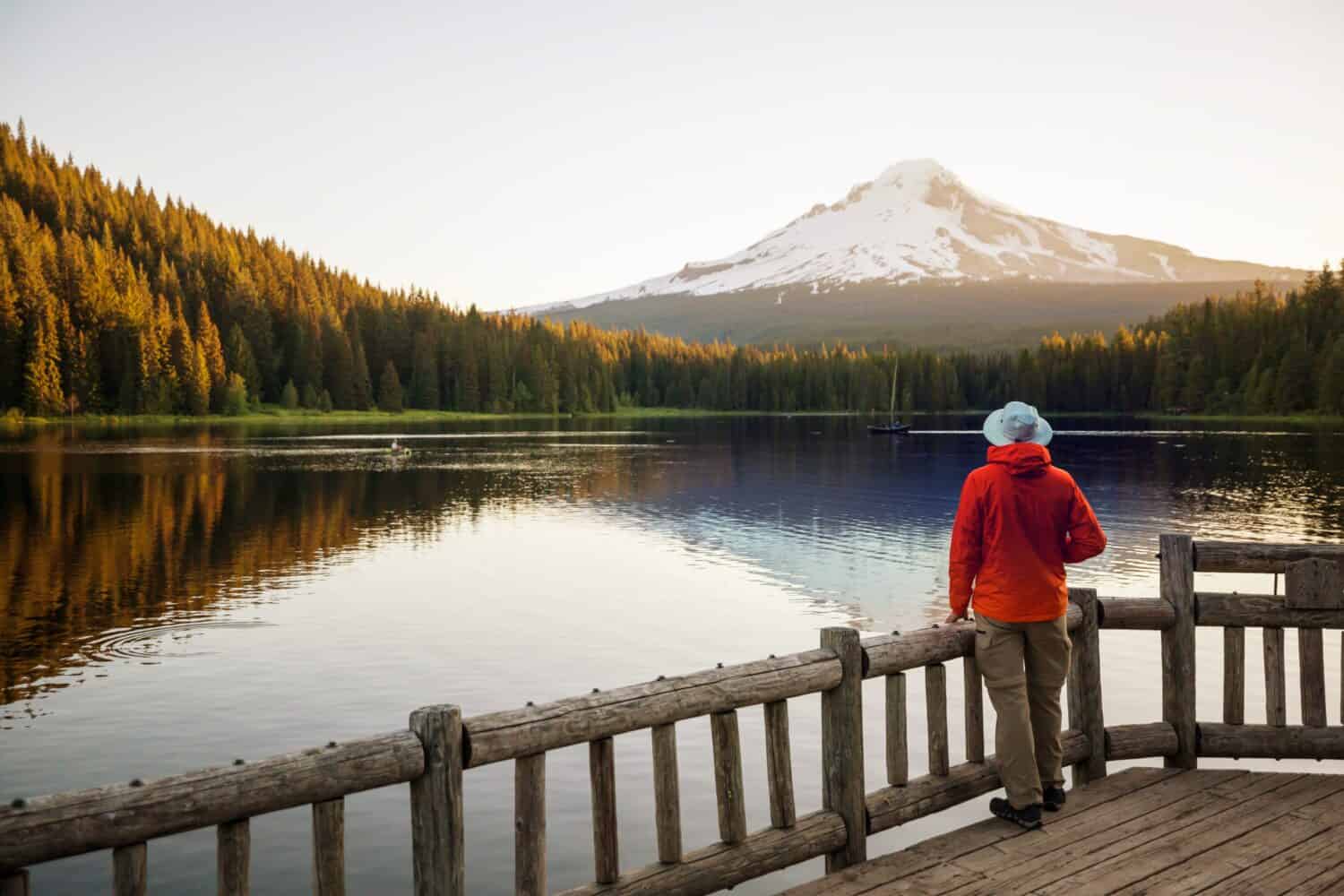Oregon is known for its diverse landscape and beautiful lakes, and most of us don’t associate the Pacific Northwest state with extreme heat. However, back in 1898, the state recorded an unbelievably high temperature. Today, we’ll tell you about the hottest temperature ever recorded in Oregon and how average temperatures compare, along with how animals in the area beat the heat.
When Was the Hottest Temperature Ever Recorded in Oregon?
The hottest day ever recorded in the history of Oregon occurred on August 10, 1898, when it was 119 degrees Fahrenheit or 48 degrees Celsius. That temperature was recorded in the town of Pendleton, OR, and it was a day that residents would not soon forget.
In a typical year, temperatures remain fairly mild. In fact, many Oregon cities, including Portland, haven’t hit higher than 107 degrees more than three times.
On the opposite side of the spectrum, the coldest temperature ever recorded in the state was in 1933, when it was -54 degrees Fahrenheit.
Average Temperatures In Oregon
The hottest temperature ever recorded in Oregon is even more bizarre when compared to average temperatures in the state. Since Oregon has such a diverse landscape, the weather will depend greatly on location. Here are average yearly temperatures in different parts of the state from the years 1991-2020:
| Oregon Location | Average Low in Degrees Fahrenheit | Average High in Degrees Fahrenheit |
|---|---|---|
| Oregon Coast | 42 Degrees | 60 Degrees |
| Willamette Valley | 42 Degrees | 65 Degrees |
| Cascade Mountains | 42 Degrees | 65 Degrees |
| Central Oregon | 32 Degrees | 66 Degrees |
| Eastern Oregon | 24 Degrees | 66 Degrees |
As you can see, the temperatures are much lower on average than the 119 degrees experienced on that record-breaking day in 1898.
We can also look at the average temperatures in the town of Pendleton. Looking at the warmest summer months, we find that the average high in June is 78, the average high in July is 88, and the average high in August is 87. The hottest day ever was a staggering 30 degrees warmer than the average. It’s hard to even comprehend.
If you’re going to visit Oregon for a vacation, the best time to go is between June and September. These months have the nicest, driest weather.
How the Animals Beat the Oregon Heat

Many animals native to Oregon, including the black bear, have their own unique ways of beating the heat.
©Orhan Cam/Shutterstock.com
On hot days, the animals native to the state need to find a way to stay cool. Luckily, many of them have habits and internal mechanisms that help them do just that.
American Black Bear
The black bear has a very unique way of staying cool. They’re able to dissipate heat through their paws that are loaded with blood vessels. They also let out heat through their face, ears, nose, and belly.
Cougar
Visit the right parts of Oregon, and you may run across a cougar. As a warm-blooded animal, it’s easy for the cougar to adapt to warm weather. That’s why they can also live in desert and rainforest environments.
Elk
The elk stays cool by spending time in water and by wallowing in mud or water to regulate body temperature and protect against summer insects.
Turtles
Turtles have internal mechanisms that help them deal with high temperatures. In addition to seeking out shade, they also can estivate. This state of dormancy is similar to hibernation. During this stage, turtles slow their metabolism and conserve energy to stay cool.
Bighorn Sheep
Oregon is also home to bighorn sheep that keep cool by perspiring and panting. They also have light-colored and short hair that allows them to maintain a moderate temperature.
White-Tailed Jackrabbit
Jackrabbits have a unique way of staying cool. Instead of sweating, they use their ears as radiators to release heat. In this way, they maintain moisture that would otherwise be lost to perspiration.
Squirrel
If you ever see a squirrel lying on its stomach with its legs sprawled out, then you’re watching it sploot. Squirrels use this funny posture to lower their body temperature, by resting their belly on a cool surface. It’s like how humans try to find the cold side of the pillow when attempting to fall asleep.
Ducks
As you may imagine, ducks spend a lot of time in the water all year round, and that keeps them cool. Swimming also helps ducks maintain feather health, avoid mites, and stay hydrated.
Gray Fox
Like bears, the Delaware gray fox releases much of the heat in their bodies through their paws in addition to panting.
Conclusion
It was a scorching day in Oregon on August 10, 1898. Hopefully, Oregon can avoid seeing temperatures this high for many years to come.
Thank you for reading! Have some feedback for us? Contact the AZ Animals editorial team.








